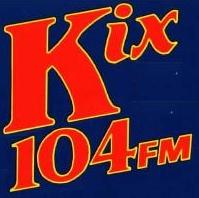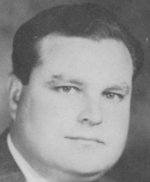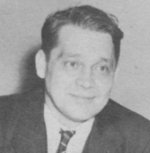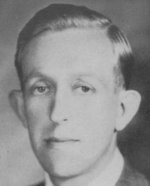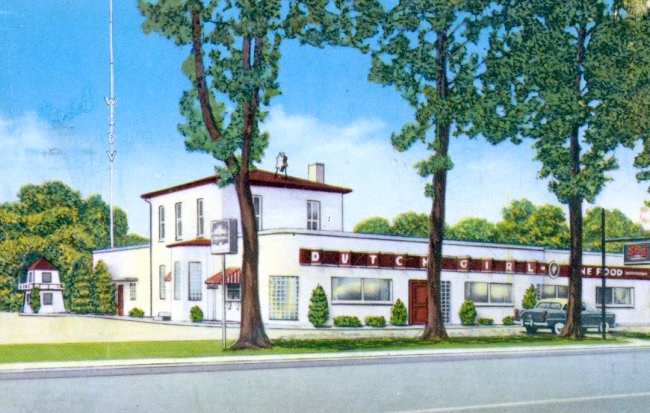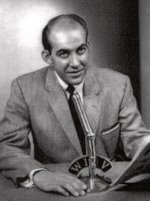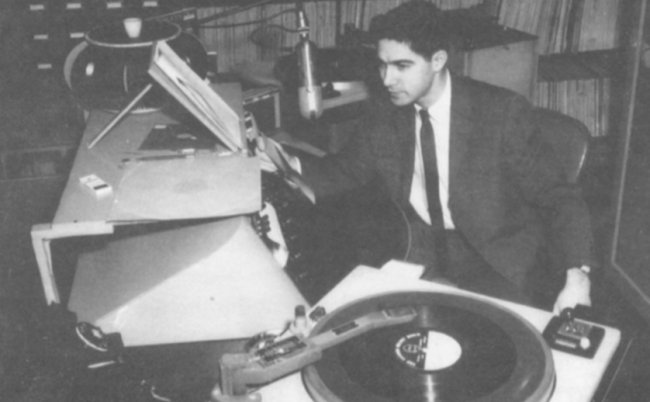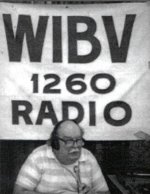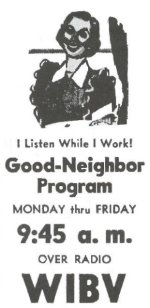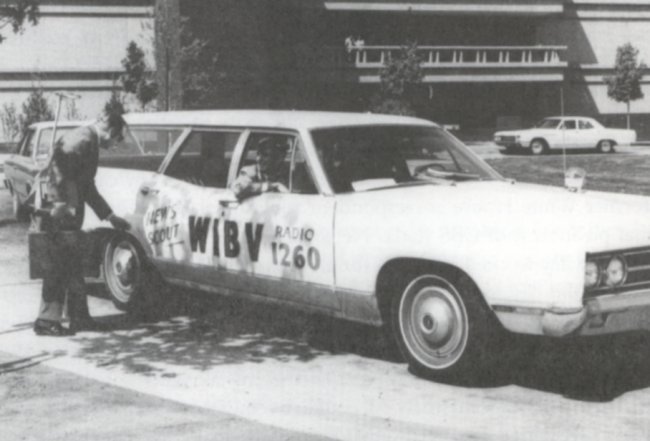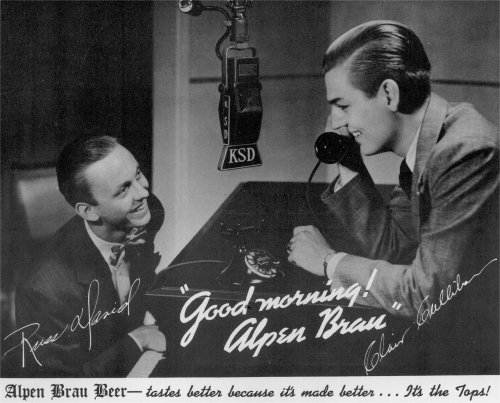Radio Articles
Neil Norman: A WIL Announcer
Before entering radio, Neil Norman lived a lifetime of theatrical experience with some of America’s leading stock companies as leading man and director. He enjoyed long engagements in New York, Chicago and on the West Coast [and] was featured in productions of “Buddies,” “The Noose,” “Tommy” and other well-known Broadway successes.
Mr. Norman first entered radio way back in 1922 but didn’t take it too seriously, thinking its possibilities too limited. He returned to the stage but re-entered the radio field in earnest a few years ago as both artist and announcer. [He] has worked NBC on [the] West Coast and more recently over the Midwest Columbia Network. In a few short months [he has] gained the distinction of being generally known as the premier announcer of the Middle West.
Mr. Neil Norman is known for his versatility. He can handle any type of program with ease and finesse. Long stage experience has given him almost flawless diction and an excellent speaking voice. He has had an interesting career as actor, entertainer, cartoonist, reporter, author and announcer and looks forward to the coming television with lively anticipation.
Norman came to WIL as an announcer at the suggestion of Franklyn MacCormack, program director, with whom he was once associated in the theatrical field, and later, in radio. He is a distinct radio type, keenly interested in sporting events, and will no doubt be heard in the capacity of sports announcer at various times.
(Originally published in Radio and Entertainment 2/20/1932).
WIL Wanted A Program Director With Ideas
P.S. Neil Norman Got the Job
Introducing the new program director at WIL – Neil Norman. He’s really just an old friend in a new role.
Since coming here early last January, Neil has won real popularity with local listeners, therefore his appointment to succeed Franklyn MacCormack, who has gone to Chicago, isn’t surprising.
Neil, too, considers his association here an extremely pleasant one. The new job is just the icing on the cake for him. No important changes are anticipated by the new director, he plans to continue the present policy of emphasizing local interest.
In addition to the general run of commercial and other programs Norman has been specializing in sports announcing. His daily feature- Sports Highlights – will be continued and additional sports and news broadcasts are possibilities for the near future.
All of which lies back of the young man’s pre-radio career. He worked as a reporter, cartoonist and sports editor on the Cedar Rapids Gazette in Iowa after graduation from Coe College there and newspaper work was to be his life job.
Unless he developed his talent for drawing, to do big things in the art world. A precocious youngster, he got his first recognition as an artist at the age of thirteen when his design for a Liberty Loan poster was accepted. Contributions to Life and Judge followed.
Then his family stepped in. Stage people for three generations, they couldn’t see a slim young man of 22, with expressive blue-gray eyes and a pleasant baritone voice going to waste in a newspaper office. So Neil decided to carry on the family name and fame. The name, incidentally, is Trousdale, he dropped it when he entered radio and used his first and second names only.
With a Chicago producer for an uncle, he didn’t have much difficulty breaking in. His first part was in “Buddies” followed by the leading roles in “Tommy” and “The Noose.” About this time he investigated radio, singing and announcing occasionally, but seeing few possibilities in the then infant art, turned all of his attention back to the stage.
A full-fledged actor, he decided to get out from under the parental wing and organize a stock company of his own. His company was called the Trousdale Players and was very successful in the West.
He believed it established some sort of record for stock companies with a run of 79 weeks in Billings, Montana. While he was playing in Billings four years ago an ambitious young actress joined the company who wasn’t satisfied with her minor roles. She was pretty and she had charm, but in Neil’s opinion she didn’t have enough real acting ability to merit starring. He didn’t make her his leading lady – he married her.
Shortly after his marriage he tried broadcasting again. This time he took it seriously and before long was announcing NBC network programs on the West Coast. He has been an announcer on both major broadcasting systems, handling Columbia’s Midwestern programs prior to joining the WIL staff. Among the stations he has been associated with are KSL, Salt Lake City, WMT, Waterloo, Iowa, and two Montana stations – KFBP, Great Falls and KGHL, Billings.
(Originally published in Radio and Entertainment 12/17/1932).
